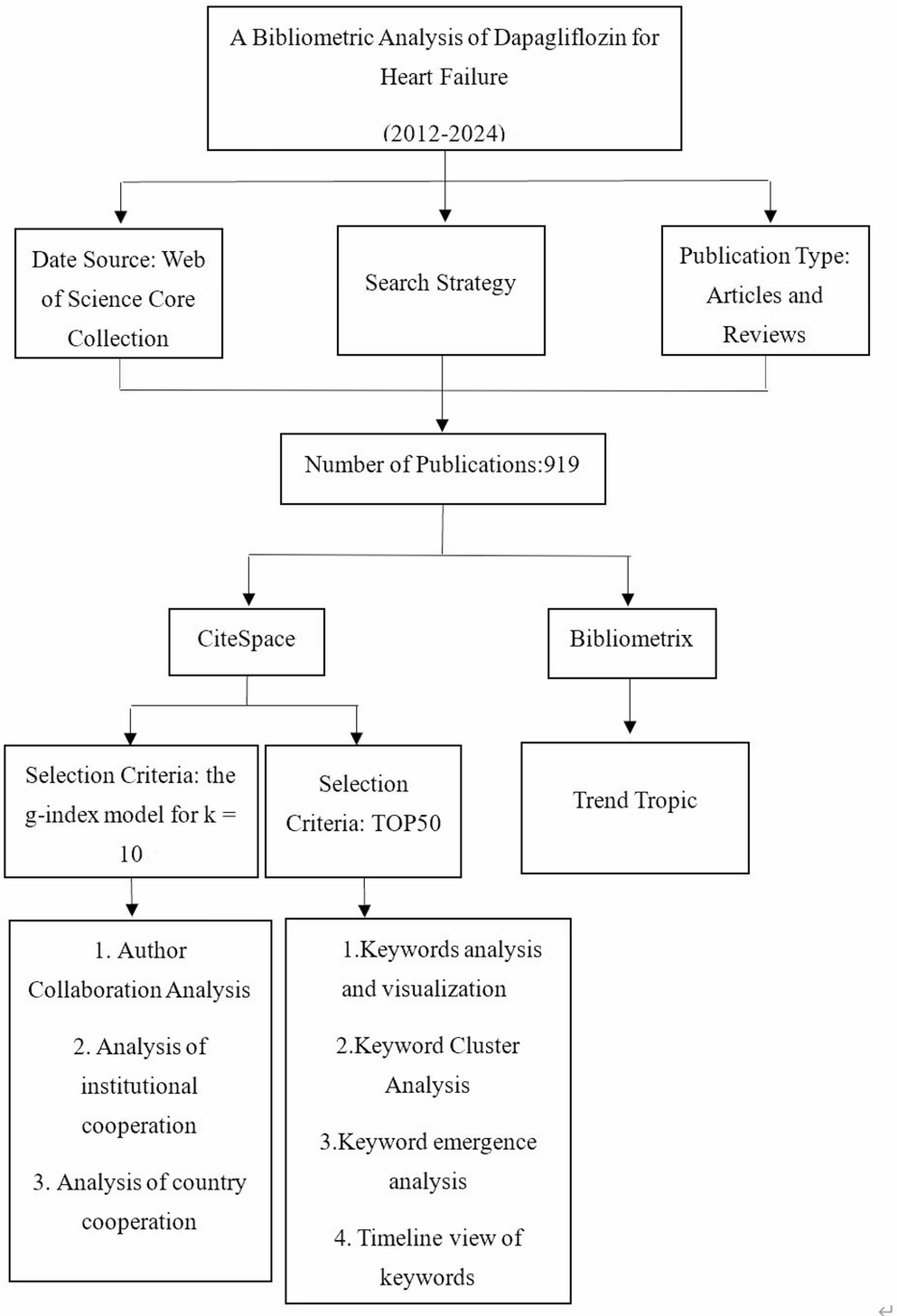Benjamin Netanyahu has accused Hamas of a “clear violation” of the US-brokered Gaza ceasefire, saying the militant group had returned body parts of a hostage whose remains Israeli troops had recovered two years before.
Under the terms of the…

Benjamin Netanyahu has accused Hamas of a “clear violation” of the US-brokered Gaza ceasefire, saying the militant group had returned body parts of a hostage whose remains Israeli troops had recovered two years before.
Under the terms of the…

The FIA have confirmed that its review of the F1 teams’ and power unit manufacturers’ compliance with the 2024 Financial Regulations has been completed.
As part of the review by the Cost Cap Administration (CCA) – a process spanning seven…
Swift is now able to provide content delivery to places such as Australian mining camps and offshore oil rigs to senior care homes and defence installations by using the Wowza streaming platform. The company has…
This request seems a bit unusual, so we need to confirm that you’re human. Please press and hold the button until it turns completely green. Thank you for your cooperation!


UNITED NATIONS, Oct 28 Pakistan has firmly reaffirmed its adherence to the one-China policy at a seminar held at UN Headquarters in New York, saying it underscored that Taiwan is an inalienable part of the…

A lab team in North Carolina reports that a compound formed when people consume sucralose can damage DNA. The same compound also appears in trace amounts in some store bought sucralose.
The team used human cells and lab grown gut tissue to probe…

Addis Ababa, Ethiopia | October 28, 2025 – Africa CDC has received an additional donation of 110,000 doses of mpox vaccines from Bavarian Nordic to support the ongoing response to the mpox outbreak across the continent.
The…

McDonagh TA, Metra M, Adamo M, Gardner RS, Baumbach A, Böhm M, et al. 2021 ESC guidelines for the diagnosis and treatment of acute and chronic heart failure. Eur Heart J. 2021;42(36):3599–726.
…